Maple syrup – liquid, sweet, and (let's face it) altogether fascinating.
It's important to be careful with excess sugar in your diet – and loading up on the maple syrup certainly qualifies as excess. However, in moderation – or as a substitute for other unhealthy sugars – maple syrup is an excellent option.
It even has some promising early evidence of health benefits.
So, how about you join me and we'll explore the health effects of maple syrup?
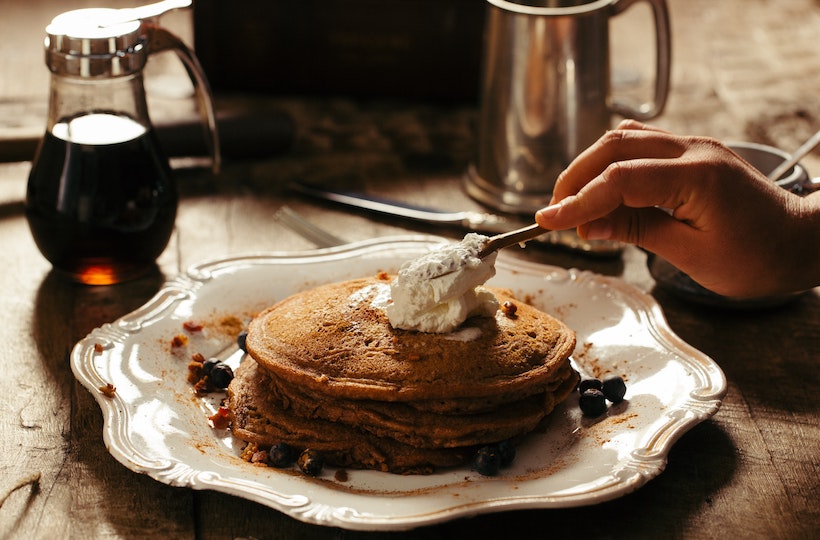
A natural sweetener, maple syrup is a syrup that comes from maple trees such as sugar maple, black maple, and red maple. All three trees are native to North America.
As mentioned, maple syrup naturally comes from various maple trees. Although different trees yield syrup, sugar maple is the main plant used in production – and it has been for hundreds of years. Sugar maple – Acer saccharum – is native to eastern Canada, with significant populations in the northeast and midwest United States.
A minority of maple syrup comes from red maple and black maple, Acer rubrum and Acer nigrum.
It won't surprise you to learn – noting the flag and all – that Canada exports the majority of maple syrup worldwide. Up until the 1930s, the United States was actually the largest producer, but Canada took the title and has since run away with it. Canada is responsible for upwards of 70% of the global maple syrup market.
An interesting fact: at one point, the United States wore the maple syrup crown. Canada took over in the 1930s and hasn't looked back.

We can only trace the history of maple syrup back to when the Europeans began settling in North America. Then they documented maple syrup production from the indigenous people.
At the time, Native Americans and Canadians would use varied methods to extract sap from the trees to make syrup.
They mainly worked through a process of repeatedly freezing sap and discarding ice until they were left with syrup. Others processed it by having the women set up camp in "sugar bushes" (or maple tree stands) to collect and carefully control and boil it over a constant heat as a team.
Since indigenous people rarely used salt in their dishes and instead utilized sugar, maple syrup became somewhat of a staple in their homes. They used it for various dishes, including on their fish and meat.
Once settlers arrived, they copied the methods from Native Americans, and it was always a labor-intensive process until around the Civil War era when the tin can was invented.
The process took off, and more technological innovations helped speed up the production for greater consumption and trade.
Even with modern technology, the process of making maple syrup for us to consume hasn't changed much at its core.
Stemming from the early indigenous methods, syrup farms are still known as sugar bushes, and the area where sap boils is either a sugar house or a sugar shack.
Generally, producers tap trees when they're around 30-40-years-old. This is best done in the weeks between winter and spring, and seasons can last roughly 4-8 weeks.
Interestingly, trees are only tapped during the day – nightfall lowers temperatures enough to hinder the flow of sap.
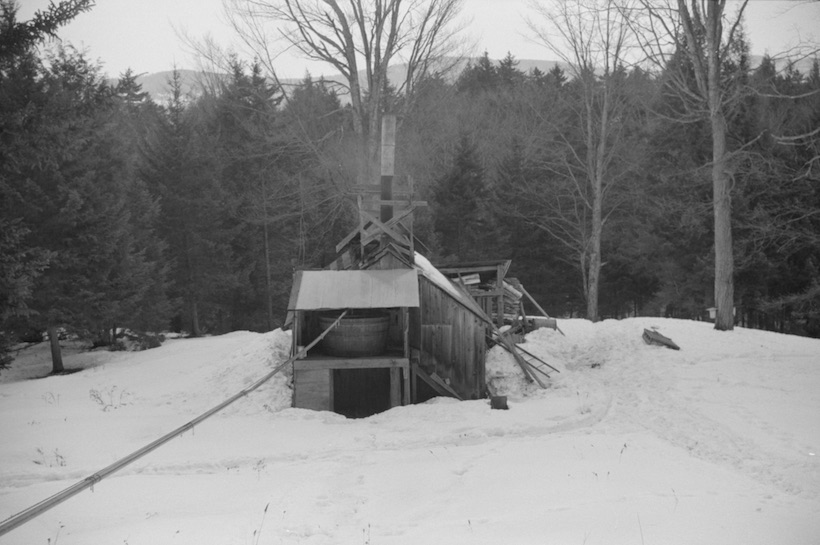
Maple syrup used to have a variety of grades, but now everything gets an A.
That's right! Historical consumer confusion means that all maple syrup types receive Grade A with a description. This method helps to differentiate the consistency and flavors better.
There are four total categories:
As long as maple syrup meets one of the colors and taste criteria, it can receive the A grade. Otherwise, they'll be labeled either Processing Grade or Substandard.
There are packing regulations for any maple syrup with a Grade A. At least 90% of the bottle size must be filled while still matching the labeled quantity.
When talking about maple syrup, don't worry, it's normal – you probably first think about pancakes and waffles.
Did you know though: "pancake syrup" isn't always pure maple syrup? That's right! Many brands instead substitute corn syrup with artificial (or extracted) maple flavoring.
For the true maple syrup experience, you need to source real maple syrup.
One of the easiest ways to make a maple syrup dish is to utilize maple syrup in the place of sugar for one of your go-to recipes. Another common way to use maple syrup is as a sauce or glaze – for example, you've probably had maple-flavored bacon.
If you need some inspiration, there are dozens of recipes ranging from dinners to desserts you can try out.
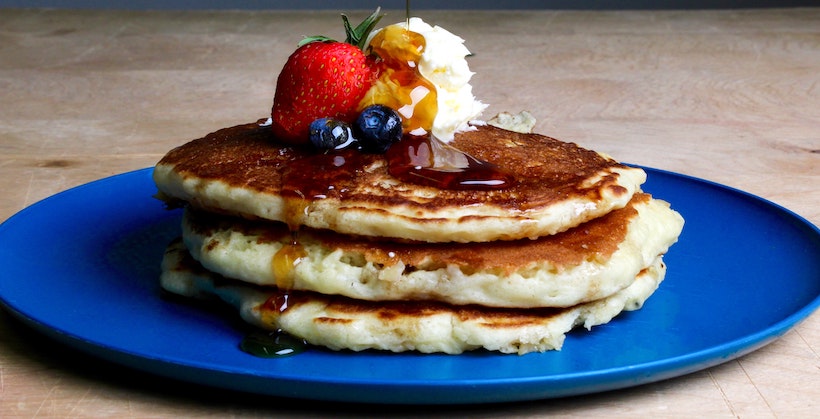
There's a host of ingredients that make up the composition of maple syrup – from various vitamins and minerals to carbohydrates.
Research has discovered more than two dozen phytochemicals inside maple syrup.
Many of the phenolic compounds have anti-inflammatory and antibiotic effects. Most notable is the aptly named quebecol, isolated only (so far) in Canadian maple syrup – we'll talk more about quebecol in the research review below.
Since many people (including myself at times) use maple syrup as a sugar substitute, you can guess it contains a fair amount of sugar – and maple syrup has it in spades.
The main difference in the sugar content of white sugar and maple syrup is that genuine syrup is unprocessed. The sugar content you're adding to your dish is natural, as it came from the tree.
There are roughly 13.4g of carbohydrates found in a single tablespoon of maple syrup. Of those, around 12.1g are sugar.
All in all, maple syrup has a caloric value of about 52 calories per tablespoon.
Pure maple syrup also houses many different vitamins. For example, it has trace amounts of Vitamin B2, B5, B6, and A.
(It's impossible to give a fair breakdown of their constitution though. For example, you may find more Vitamin B2 in some maple syrups compared to B6.)
Of all the minerals in maple syrup, you'll find the highest concentration of manganese. You'll also find calcium, zinc, potassium, and magnesium in reasonable amounts.
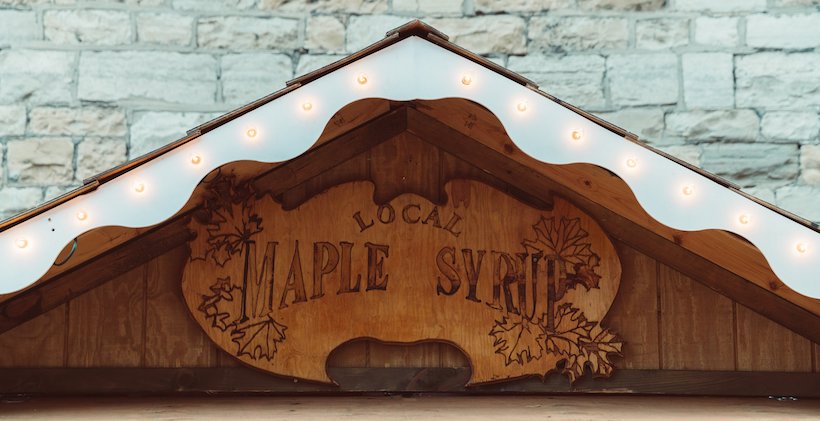
Yes, there is a high amount of sugar in maple syrup. Luckily, some of the other compounds in maple syrup do balance things out a bit.
In moderation, you can consume maple syrup and still reap the health benefits. So, let's check out five positive health impacts of maple syrup.
There's been some great research into the possible positive impact polyphenols can have on cancers.
Specifically, ginnalins A–C found in maple trees and syrup can inhibit the growth of some cancer lines. The study noted that these polyphenols were most effective against tumourigenic cells.
While it's not a definitive result, it's certainly an encouraging finding – and something to keep an eye on.
As mentioned above, more than two dozen phenolic compounds exist in maple syrup. Scientists haven't classified the effects of every compound, but many of these substances do have antioxidant activities, like we see with honey.
Such a high antioxidant content is attributed to the processing stage when the maple sap boils into syrup. Quebecol is a star of the latter study, showing high antioxidant potential and similar anti-cancer effects (at high doses) to the cancer drug tamoxifen.
Unfortunately, while polyphenols do have promising effects, most are not very bioavailable. If we're going to utilize therapeutic doses of quebecol (or a similar polyphenol), we'll have to address the bioavailability.
Did you ever associate maple syrup with wrinkle repair? I hadn't thought of it either until I looked into it.
Research into how the extract from maple leaves can handle wrinkles started as scientists researched how Native Canadians and Americans used the leaves in their medical practices.
It seems the phenolic compounds inside can inhibit elastase activity, which can reduce wrinkles. As maple syrup contains large amounts of these compounds, it's believed that the syrup may also help reduce wrinkles in the same way.
Although some people should still avoid maple syrup because of the sugar, research has shown it may positively impact Type II diabetes in certain ways – at least versus other sweeteners.
Specifically, phenolic-enriched maple syrup extracts are known to help inhibit carbohydrate hydrolyzing enzymes from managing Type II diabetes. Some scientists even tested the theory on rats, and the study found that some rats saw no increase in insulin.
Yes, rats, but that's a promising conclusion – and definitely another line of study I'll be watching.
With our diets today – as I used to know well! – digestive issues aren't uncommon. Many people opt for a low-FODMAP diet for their IBS or other disorders such as Ulcerative Colitis and Crohn's Disease.
Sweeteners are well-known digestive problem triggers, but maple syrup is easier to digest and low-FODMAP friendly. Although it contains sugar, it's not as high in fructose as other sweeteners.
This one is a definite benefit – but if you suffer from digestive issues, be sure you are buying the real thing and not maple-flavored corn syrup.

Maple syrup in moderation has some positive impacts on your health – but it's not always good for everyone. Let's walk through some of the adverse effects.
Pure maple syrup lacks the constitution of sweeteners like high fructose corn syrup, but there's still a chance that it can cause weight gain because of its calories.
I have been stressing moderation in this post. However, it can be hard to stay on the safe side with sugar – mind the amount of added sugar in your diet, especially when you're trying to lose weight.
Sugar is a known cause of issues in your mouth – everything from tooth decay to cavities. Again, maple syrup has a good amount of sugar, so it can cause similar oral health issues. Sugar can stick around the nooks and crannies in your mouth and between and on your teeth.
With maple syrup – and really, with any carbohydrate-containing meals – make sure you stay on top of your oral hygiene.
Although there's some proven research into how maple syrup may help manage some complications from Type II diabetes, eating enough syrup will still raise your glucose levels.
Again, there are 13g+ of carbohydrates in a single tablespoon, so watch how much you're consuming until you understand how the syrup may raise your blood sugar.
You should always take into consideration the damaging impact sugar has – in general – on your health. It's shown that high sugar consumption can lead to an increase in cardiovascular mortality risk.
Beyond major diseases, eating refined sugars and even syrup-laden food like pancakes can increase your risk for acne and skin issues.
We've already discussed misleading "pancake syrups" which aren't legitimate maple syrup. But even with the real stuff, quality control is a major concern.
Unclean or faulty machinery may lead to unsafe levels of toxic materials, even to the point where syrup can have a metallic taste. It's crucial to consume maple syrup from reputable producers.
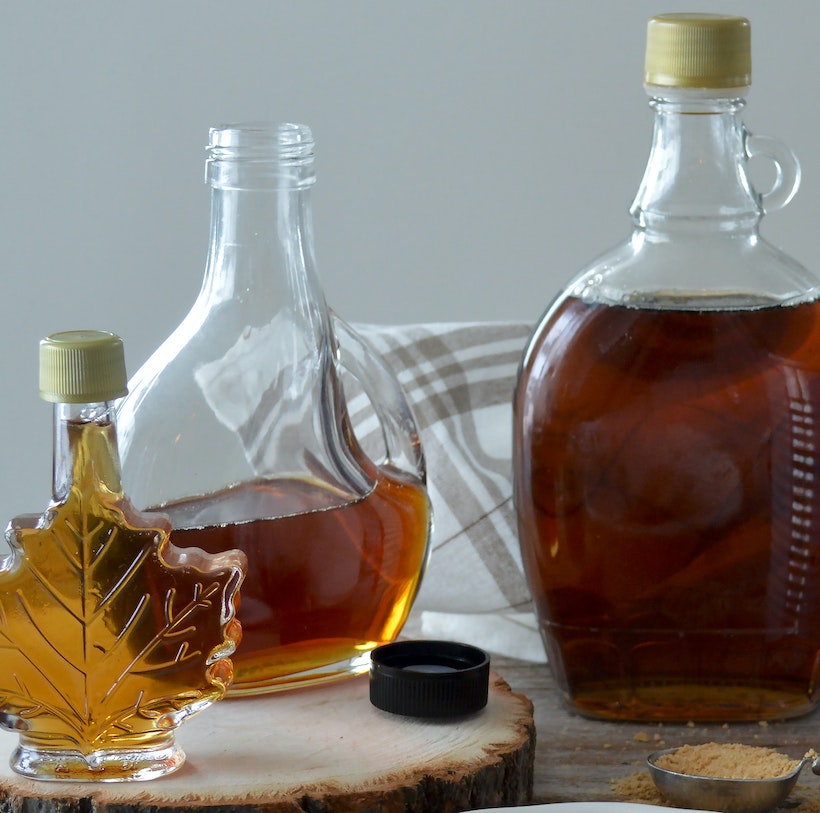
As always, we reach our bottom line: is maple syrup good for you?
Well, in general, you should avoid excess added sugars. So, in my opinion, maple syrup is good so far as you use it to replace other added sugars in your diet.
(That is – I would not suggest adding it to a diet where you already eliminated added sugars)
People should avoid maple syrup based on their diet and health issues.
For instance, if you are on a low-sugar or a no-sugar diet, then maple syrup is out of the question.
Health-wise, speak with your doctor if you have diabetes before you start consuming maple syrup regularly. It's laden with enough sugars to cause effects at the levels you might consume in a meal.
Rarely, you can also have an allergic reaction to syrup or be allergic to maple. If you're allergic to maple trees, you might be allergic to the syrup – so tread carefully.
I know I'm a broken record by now. However, it's important to emphasize that excess sugars are definite health dangers.
While maple syrup is near the top in terms of healthier sweeteners (with the similar natural sweeter, honey), it still has a serious amount of sugar inside.
If you're otherwise healthy, note the American Heart Association recommends:
With the number of processed foods and drinks in today's world, it's tough to hit those guidelines. So, please, mind the amount of sugar in maple syrup and keep it moderate – but know that maple syrup is one of the best when you do need something sweet!
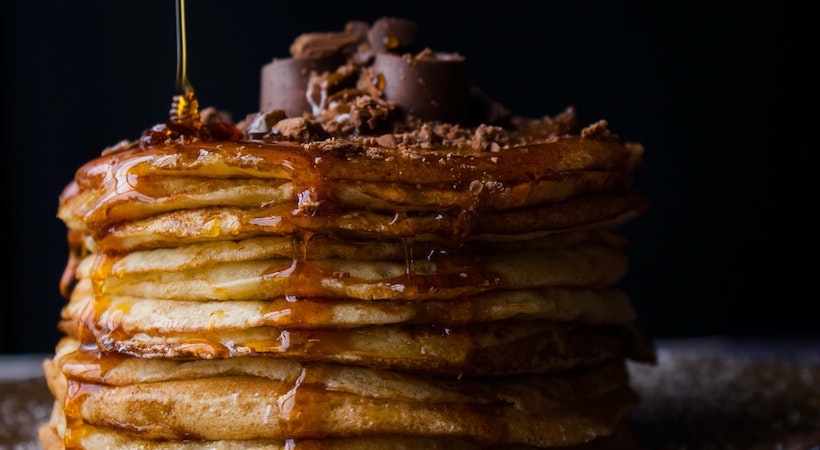
All in all, maple syrup is underrated.
We've spent a lot of time discussing how it's important to eat maple syrup in moderation, but so many of our foods are loaded with corn syrup and other unhealthy alternatives. Swapping those other sweeteners for some pure, natural maple syrup would do a lot of us some good.
And hey, if it cuts back on the wrinkles too? That's an amazing benefit.
I'll keep eating it either way. How about you?